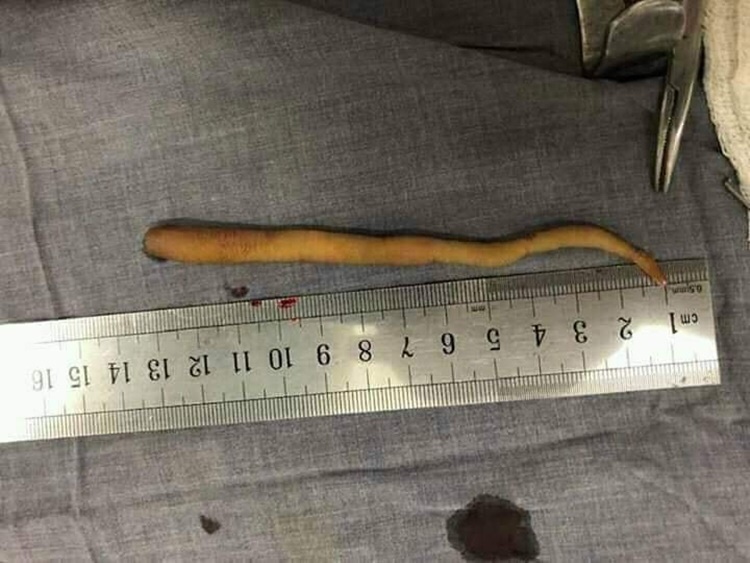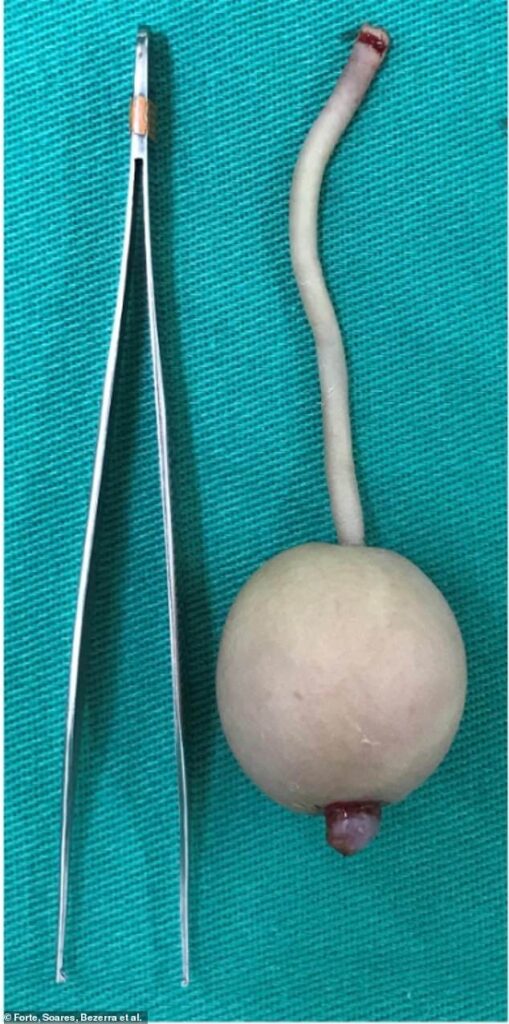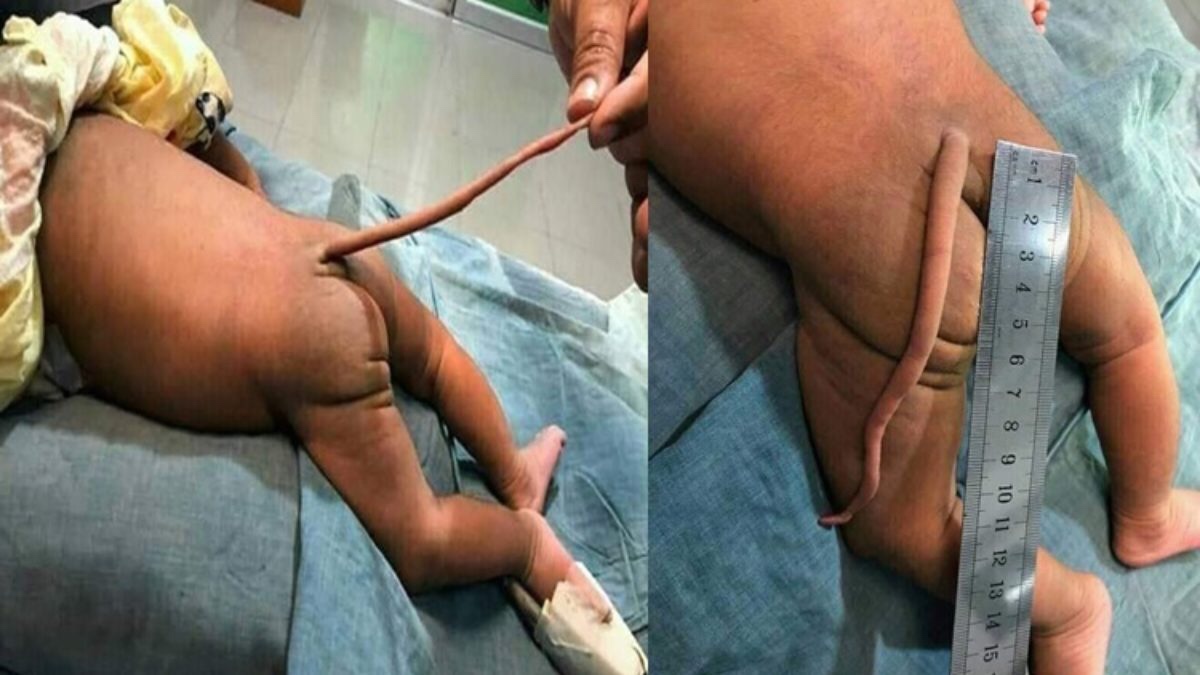Doctors have disclosed that a newborn born in Brazil is one of only a few to have been born with a full human tail.
Intriguing photographs released in a medical journal depict the appendage’s ball-shaped bulk.
In exceedingly rare instances, however, this may not occur and the tail continues to develop.
By the time he was born, the tail had reached a length of 12 centimeters and developed a ball with a diameter of 4 centimeters.
Doctors who inspected the bay’s tail determined that it lacked cartilage and bone, making it a rare instance of a genuine human tail.
There have been approximately 40 documented occurrences of children being born without tail bones.
It is unclear whether the child’s tail was removed because it was causing him discomfort or pain, or at his family’s wish.
Approximately 20 million years ago, human ancestors, along with our ape relatives, lost their tails as we separated from monkeys.
In various religions and societies, human tails are revered and considered holy.
The anonymous Brazilian infant had his tail amputated at Albert Sabin Children’s Hospital in Fortaleza, a coastal city in the country’s northeast, prior to January 2021.
He was delivered early at 35 weeks with minimal difficulties, but first evaluation revealed the youngster had a tail with a growth on the end that resembled a ball.
After an ultrasound revealed that the baby’s tail was not related to its nervous system, the doctors decided to remove the appendage but did not specify how they did so.

According to the Journal of Pediatric Surgery Case Reports, there were no difficulties during the operation, but no information on the boy’s recovery is provided.
A true human tail is a remnant of the one that most infants develop in the womb, before it is reabsorbed into the body to create the tailbone.

The experts explained that a pseudo-tail is an outgrowth from the base of the spinal cord that is composed of fat, cartilage, and bone.
A post-operative examination of the tail revealed that it was composed of boneless tissue, with the ball at the end consisting of fat and embryonic connective tissue.

The authors did not get permission to publish the case, and no information was included in the paper that could lead to the child’s identification.w

